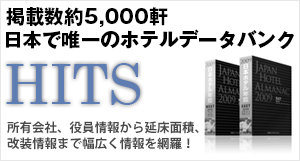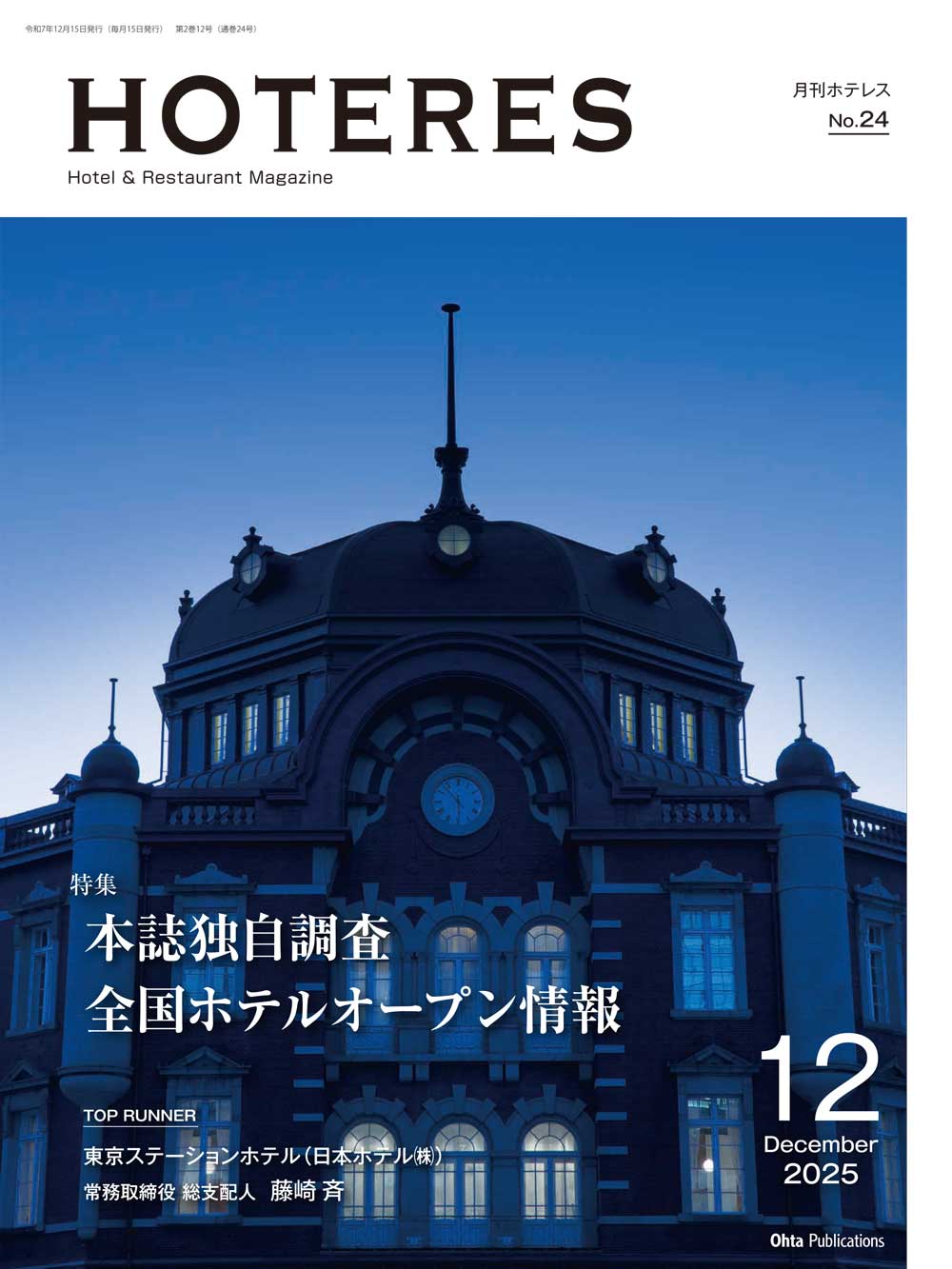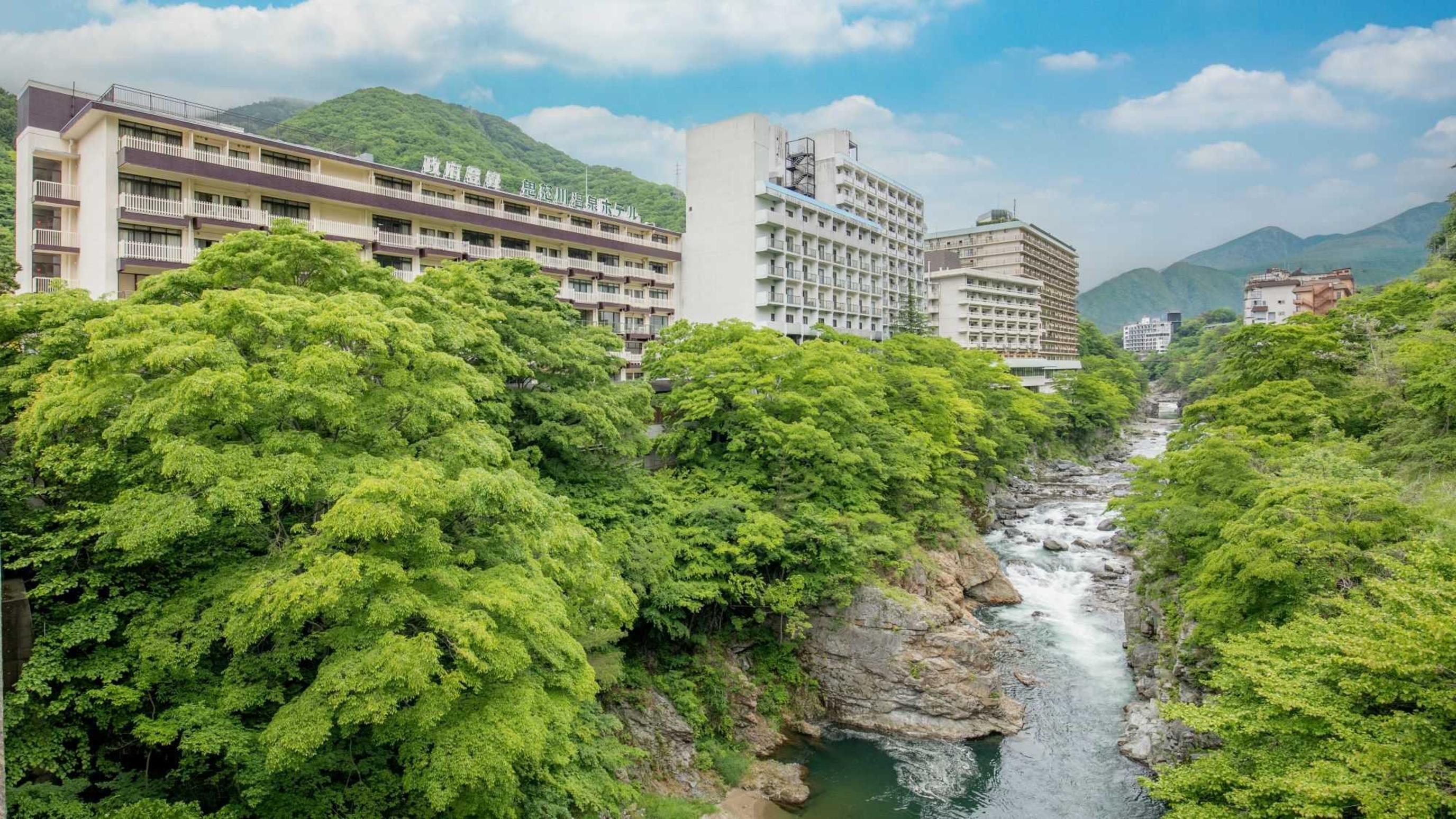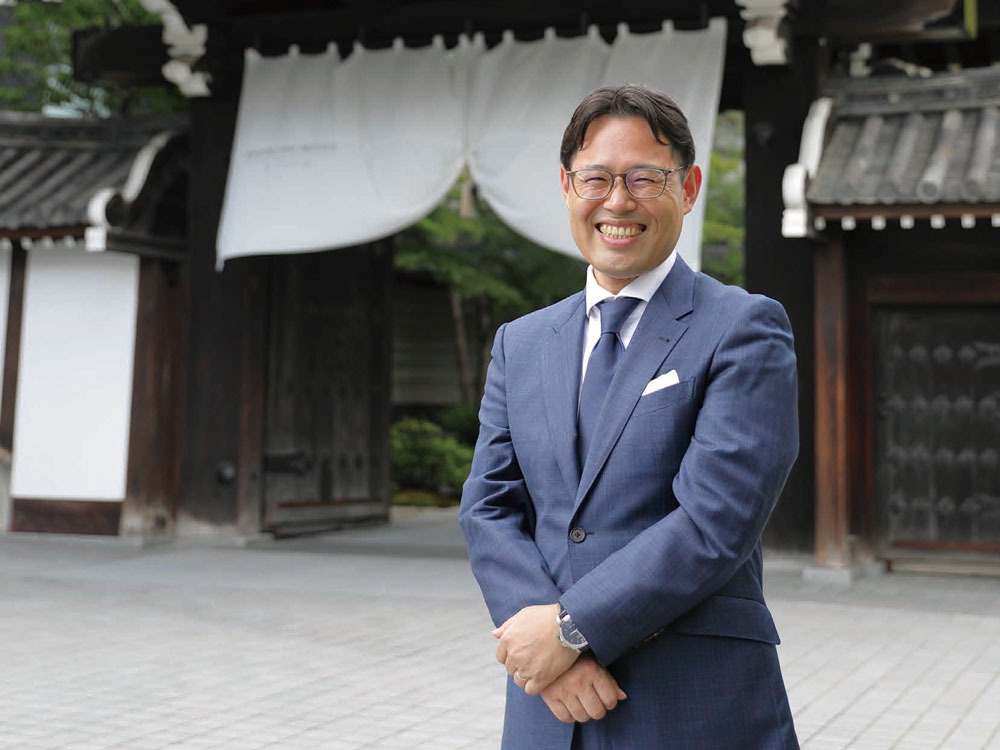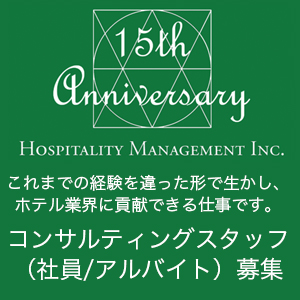飲食店は数あれど、これほどマニアックでおいしい日本酒を数多く提供しているところはないと称される、白金高輪のダイニングバー「GONZO」。そんなGONZO のマスター浅井剛一氏が、日本酒の歴史と文化の話を交えつつ、ホテル・レストランでの提供方法までご紹介していきます。
There are many restaurants, but there are none which provide such delicious and numerous kinds of sake, which can please enthusiasts, as the dining bar "GONZO" in Shirokane-takanawa. Mr. Gouichi Asai, the master of GONZO, will talk about the history and culture of sake, and introduce how to provide sake at hotels and restaurants.

浅井 剛一(あさい・ごういち)
1977 年東京生まれ。2004 年10 月、日本酒に合う肴、料理に合う酒をテーマとして白金高輪にGONZO をオープン。2006 年に唎酒師取得。
GONZO 東京都港区三田5-21-7
℡ 03-3449-5500
Goichi Asai
Born in Tokyo in 1977. In October 2004,
GONZO was opened in Shirokane Takanawa,a theme for Sake marriage dishes, acquired sake taster in 2006.
GONZO 21-7, Mita 5, Minato-ku, Tokyo
℡ 03-3449-5500
日本酒のドメーヌ化
日本人の心とも言うべきお米は自然と共に生きる日本の伝統文化でしょう。言うまでもなく日本酒は日本の稲作文化と共に発展した欠かすことのできない伝統です。その日本酒の原料は主にお米と水です。日本酒に使うお米は飯米と言われるお米と、上質なお酒を造るのに適用される酒造好適米。日本酒全体の割合で言えば飯米が日本酒全体の7割以上を占めますが、こだわったお酒を造るのには山田錦や五百万石などの酒造好適米を地元で育てたり、各地から取り寄せて使います。この重要なお米を造るのは米農家さんが多いのですが、酒蔵によっては、酒造りは米作りと掲げ、酒米から自社で造る蔵が少しずつ増えてきています。それこそ日本酒のドメーヌ化です。(ドメーヌ:フランスのブルゴーニュ地方などで、ブドウ作りからワイン造りまでを一貫して行なうワイン醸造所)
日本酒も自分達の風土を生かしその田んぼで5月ごろから田植えをし、夏を越して秋に稲刈りをし、その収穫されたお米で仕込みがスタートする酒造りです。酒造りは春先まで酒造りに専念して、涼しくなる10 月前後からまた造りが始まると思います。一貫造りを行なっている蔵はこれに5月からの米作りでこの年の酒造りが始まっています。
“Is Sake Made from Rice, or Born from Self- Cultivate d Rice?”
Rice, which could be said to be at the heart of Japanese people, is a traditional Japanese culture where people live together with nature.
In addition to its status as a staple food, it is used in sweets, fermented into vinegar and miso (rice bran), and sake. Needless to say, sake is an indispensable tradition that developed together with Japanese rice culture.
The raw materials for this sake are primarily rice and water (depending on the sake, yeast and lactic acid may also be included). There are two types of rice used for sake – rice called "hanmai (rice for eating)," and a brewery-preferred rice that's used in creating high-quality sake. In terms of sake proportion as a whole, hanmai accounts for more than 70% of the total sake, however in order to produce detailed sake, Yamada Nishiki from Hyogo, Gohyakumangoku from Niigata, and Omachi from Okayama, etc., are used as brewery-preferred rice. Of course, the quality of the rice harvested that year also influences the sake. Also, for sake, there's the image that so-called local sake uses local rice, however the brewery will bring in good quality rice that they want to use from all over the country. Though there are many rice farmers who make rice, depending on the sake brewery, there are those who feel that "making sake is making rice," so the number of breweries that make their own sake rice is slowly increasing. This is the domaine of sake.
When speaking about domaine in terms of wine, this is referencing the wine makers such as the Burgundy region in France, where on a relativelysmall scale they're able to go from the grape-making process to bottling the wine on their own. The grapes are grown in fields that take advantage of the natural features such as the soil and climate, and those grapes are used to make the wine by hand. In general, making sake begins around October when the weather becomes cooler, concentrated creation efforts take place until the beginning of spring, and in the summer, there's preparation for shipment, facility maintenance, and tasting events are held in every region nationwide. However, at breweries where sake is made in domaine-style, the sake making for that year begins with making the rice in May. Similar to domaine, they plant their rice around May, utilizing the climate of their rice fields, pass through the hot summer season, harvest in the autumn, and use that harvested rice to make their sake.
When I hear about efforts such as these, I think that I would like to feel the taste of the rice in the sake.























